(015) The Apex of Consumerism
Changing status codes, rebranding Loewe, AI & Kevin Kelly, water-filled headphones, dying drop culture, Latin is cool actually
10 days since the last Surfista — getting closer to my goal of shipping weekly! To those who have pledged… Thank you 😍 Updates coming soon.
On the agenda in this issue: Kevin Kelly’s thoughts on art and language, Jonathan Anderson’s radical approach at Loewe, why private people threaten society, Beyoncé & Jay-Z’s $200 million new home, emerging linguistic codes to distinguish from AI, water-filled headphones, why drop culture is over, a case for the Classics, an in-depth analysis of Sex and the City, and a little piece of advice.
AI’s Conversational Limitations
There’s a lot of art that humans make that can’t be reduced to language. With AI, we have this conversational interface therefore you need language to get there and there are plenty of things that can’t get there with language. Neuralink is something that may be able to bypass language and use things like emotions instead of the conversational interface we see with things like Chat GPT, Midjourney, etc. Sometimes the act of painting is what gives you the image. I write in order to get ideas, not the other way around.
Paraphrased from a podcast I listened to this week with Kevin Kelly as he just released his book Excellent Advice for Living.
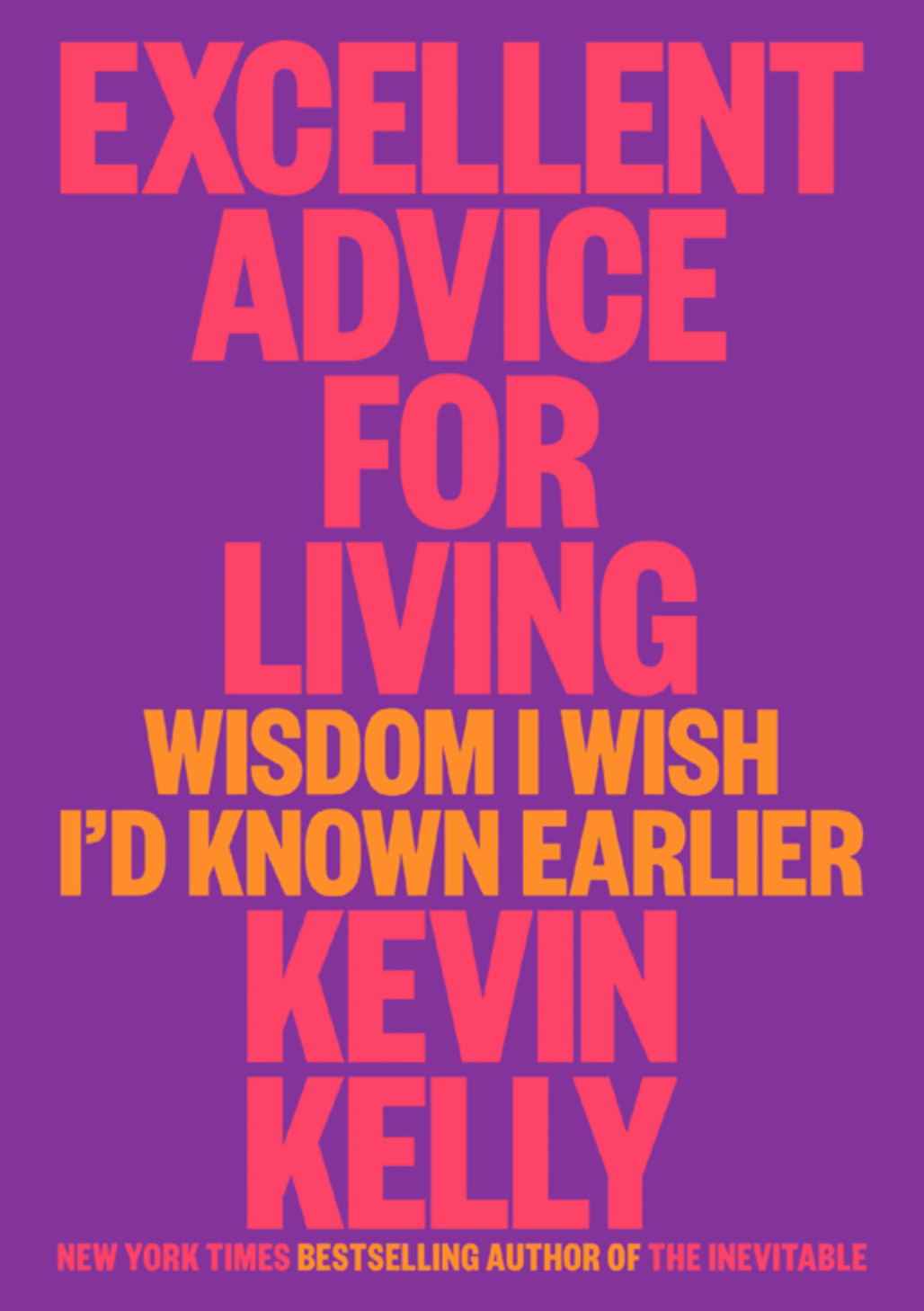
If you’re unfamiliar with KK, he penned one of the most enduring essays of the last 20 years: 1,000 True Fans which back in 2008 predicted that the internet would allow swaths of people to make a living of $100k per year off their creations, whether they be writers or musicians and so on. The premise is that you just need 1,000 people to really resonate with you. Even if your idea only appeals to one in a million people, that still leaves 1,000 people worldwide who are potentially interested in that idea. Today, this is what has been branded as “the creator economy”.
Something else to ponder from the podcast:
Our act of creating these beings — AI — throws into question for humans what is to be godlike. What happens when an AI asks to be baptised?
“Stanning” Jonathan Anderson
Jonathan Anderson’s tenure as the creative director of Loewe has been nothing but an astounding success. In my opinion, he’s one of the great creative minds working today — there’s a very clear sense that he has a deep understanding of the landscape and impact of visual language, blended with an attitude that is kind of punk. When he redesigned the logo with M/M, this was the approach: “Rather than looking at it through the parameters of heritage and tradition, we decided to translate the idea of time into something cultural.”
I listened to a great podcast recently in which Jonathan explores his beginnings in fashion, what it means to “dig into the archives” of a big fashion house as well as reinterpreting Loewe for today. Not to mention, he does all this alongside running his namesake brand JW Anderson.
There’s an article in System Magazine that has had a lasting impact on me. It’s no longer on the website but hopefully you can access it here — in the same way that Loewe is a brand that reconstructed itself off the reference of a reference (a Steven Meisel photograph), this interview has become somewhat of a Steven Meisel photograph for me.
When you reinvent a brand, no matter how big or small it is, everyone is desperate to know what it is going to be. So, if you launch with menswear as a presentation and you create a new advertising campaign with a still life of old logos and images by Steven Meisel that were shot in 1997, people find it very disorientating.
It strikes me as very radical to use old fashion pictures for a current campaign. It transgresses fashion’s guiding idea, that of newness. The idea is to eradicate the idea that fashion is only the future. Fashion can be a new image, or it can be an old image if it is framed in the right way.
It’s reminiscent of a sentiment from Hassan Rahim explored in Issue 009 of Surfista:
That’s what it was back then. You could create this beautiful, elaborate campaign because it was all about like, five incredibly strong final images. Information moved much slower then, and those images were meant to go a long way. Some of those images are still so powerful, they will be ingrained in our heads forever.
The Privacy Premium
A private woman — a woman who enjoys her privacy, or, at the very least, whose enjoyment is not diminished by being private — cannot be allowed to exist. A deliberately private woman is much more of a threat to society today than what 200 years ago a deliberately childless woman was, but in the exact same way. Such a woman — especially if she is desirable, i.e. is thought to have power — for whom being public should be so fulfilling and obvious, yet she rejects it — she causes other women, and men, to question if privacy might be valuable — enhancing — if they shouldn’t also be private. Privacy is the enemy of profit for the system.
From Rob Henderson’s long and mind-bending read: The Logic of Envy, which reminds me of this…
In essence, privacy helps reduce transactions. A reduction in transactions means less profit. Therefore, a system will do its very best to force you into participation. If we take the example of social media, I’ve often felt a sort of “Moloch” effect around it; it’s a race to the bottom. You have to partake because everyone else does. And if you want to be successful, you need to show your face. You need to divulge the ins and outs of your private life and perform actions that produce profit. “Moloch” in business: If all your competitors start driving down the price, then you have to slash yours too.
If you as an individual opt out, then perhaps you gain an advantage and the system prevails. But if too many people opt out, then the system collapses. Privacy is a direct threat to too many people opting out. Not only is it “the enemy of profit for the system”, privacy is also the backbone of the unit; it is what helps maintain families and intimate relationships. The system, however, wants individuals. It wants the most individualistic individuals it can create. You can probably guess why…
Beyoncé & Jay-Z’s Record-Setting Malibu Mansion

Bey & Jay just paid $200 million for a new abode on the Malibu beachfront, the highest price a property has ever gone for in the state of California. Their neighbour is none other than Marc Andreessen. While photos of the property are extremely difficult to find as the house never publicly hit the market, I was unsurprised to discover that one of my favourite Japanese architects Tadao Ando was brought in by the previous owners (“modern art power-collectors” Bill and Maria Bell) to do the property — intended to double up as a showcasing space for their vast art collection. Ando has done very few American homes, a previous one being Tom Ford’s sprawling New Mexico ranch and one on the horizon for Kim Kardashian in Palm Springs.
How to Separate the Boys (AI) from the Men (Smart People)
Status signals are kind of like covid variants. As soon as too many people adopt them (detracting status from the elite), the codes must mutate, leaving everyone else to catch up before they change again. In the same way that “quiet luxury” was a way for the elite to assert status through subtle, “in the know” codes when fast fashion made designer looks easily reproducible, my fave Dror Poleg argues that the same is likely to happen to language as AI-written texts flood the world. Not only that, but it will change the structure of language itself, the same way that the printing press did. Below, some ideas from The Quiet Luxury of Language which I highly recommend reading.
Making things more complex:
As machines become better at sounding like sophisticated humans, the most sophisticated humans will adopt even more nuanced, coded, and complex ways of speaking that are harder to imitate. Consider what happened in financial markets: As machines become better at predicting price movements, markets necessarily become more complex and harder to predict in a variety of new ways.
New forms of communication:
To signal their uniqueness and intelligence, humans will have to develop and adopt narrower and stranger forms of communication. To signal their belonging, members of different groups will have to increasingly differentiate themselves from other groups (and machines).
IYKYK:
The mass production of "premium" content will give rise to a world of Quiet Intelligence — everyone will think they sound smart, but those who are really smart (or "in") will communicate at a whole different level.
Related reading: Death of a Fashion Genre by the Sociology of Business
Water-filled Inmergo Headphones
I recently did an Instagram poll on whether the Apple headphones are worth it. 43% of people who voted said yes, and 57% said no. Sigh. The search for the perfect over-ear headphones that connect via Bluetooth, have noise cancellation, are travel-friendly and sexy and affordable continues. Yes, this is a brief for Teenage Engineering.
In digging around, I came across these water-filled headphones by designer Rocco Giovannoni which promise rich audio even for those with hearing disabilities. While not commercially available, this would be pretty sweet to try.
Like other bone-conduction headphones on the market, his design bypasses the eardrum and conveys sound as vibrations through the bones of the skull, directly to the cochlea — the "hearing" part of the inner ear.
Unlike any other device on the market, it does so via waterproof speakers that are fully immersed in liquid and then sealed in a pliable membrane. This membrane sits against a person's skin, transmitting sound vibrations through touch.
Drip Culture > Drop Culture
These were the first pair of hype sneakers that I really fell in love with — not because they were hype; unfortunately they happened to be hype. A mere 50 pairs were made, and they’re not even sold on StockX, not even for 10X!
Recently, I made the mistake of trying to obtain another pair of “hype” sneakers from the infamous Salomon x Sandy Liang collab. Not only did it waste a significant amount of my time both online and IRL (thank you bots and resellers), but it also took me on a bizarre and gripping emotional rollercoaster of desire, desperation and fury.

The scarcity principle prevails, arguably deployed most successfully into street style by James Jebbia of Supreme. There’s a good interview with him here for that backstory but I resent having to partake in this type of behaviour — which brings me once again to Telfar Clemens.
While Telfar’s actual goods aren’t necessarily my vibe (save maybe the Bushwick Birkin and the card holders), I am obsessed with the innovation from a business model perspective. I touched on their new pricing model in Issue 011 which flips the idea of scarcity on its head by making the most coveted items the cheapest and widely available. Another instance that goes against the grain of drop culture is Telfar’s Bag Security Program — they use the word “drip” instead of “drop” because there are no limitations on capacity. To top it all off? They started Telfar TV, a channel they own, powered by everyone who resonates with the brand, delivering on actual community. These are the foundations of entirely new sorts of brands.
Drop culture is so unbelievably boring. Innovative brands, like Telfar, put their business model where their mouth is. Why manufacture scarcity when instead you could supercharge abundance?
(The answer is status games, but really you want to play infinite ones)
The Math of Language
My mother occasionally likes to remind me that apparently when I was 12 or so, I infamously claimed I would “never marry someone who hasn’t studied Latin”. I don’t remember saying such a thing (and being unacquainted with the dead language is no longer a dealbreaker…) but this excellent interview with the classicist Daniel Mendelsohn got me reminiscing lately on why I might’ve said something like that.
I studied Latin for 5 years until I was 17, by which time there were only two of us left in the class. We studied poems (that were books and books long), political speeches and epic tales that have stayed with me in various fragments, arriving unexpectedly. Latin has always been to me the mathematics of language which I find very beautiful. It gives you an understanding of structure and patterns and why something is the way it is. Once you have a methodology (like an equation), you can apply it to find meaning anywhere.
Wanting to maintain human craft and humanity in the face of AI is very similar to wanting to preserve ancient language and history even though most of the world speaks English and no longer believes in mythology.
I always resist the “classics is impractical” line that people love to come up with when they are critical of the higher study of these fields. You can study accounting. It's authentically practical in one way. But when your father dies, your accounting degree is not going to help you at all to process that experience. Homer will help you. The Odyssey will help you. Great literature will help you think about mortality and losing loved ones. That seems very practical to me. — Daniel Mendelsohn
The Classical understanding of education is very different to ours. Even Plato said that we mustn’t waste philosophy on the young — there are things you cannot understand at 18 because you haven’t been around long enough, thus a Liberal Arts education should begin at 30. They held a more pedagogical view of life; learning itself was understood as a lifelong pursuit. Contrarily, we’re consumed by this idea that life, self-development and opportunity end (or at least greatly decline) at 30.
A broad education in which you're deeply read in literature, and history, and philosophy, and mathematics, and science: this teaches us how to be human beings and it teaches us also how to be citizens. I know that sounds very idealistic, but if the current social and political situation in this country is in any way a marker of what a generation spent focusing on STEM does, then I think clearly we need a different answer. The crude preoccupation with moneymaking as the only goal of a college education is giving us a citizenry that is extremely degraded, as far as I'm concerned. I think it's only the crudest and least interesting practicality that has no time for the humanities.
Related: ex patria by Evie Shockley, a fabulous and very smart poem playing on mythology and Classical epics. The opening is immediately gripping: “a mythology begins with a question like who are we, where are we, what is red, why paint, why me, lord, why? a person who knows all the answers can only borrow a mythology like i’m king midas or i’m god. a painter can take a mythology and remake it so that it answers a new question like romare bearden asking odysseus who are my we?”
Broey Deschanel
I recently came across this YouTube channel which does great deep dives into things like 90s movies, Sofia Coppola, Love Island and more. While I have my own interpretations of the show, I really enjoyed this evaluation of Sex and the City, exploring the religion of consumerism that rose to replace almost everything in late 90s New York and what that says about third wave feminism.
A final note…
Due to 🧠 everyone touting the value of curation 🧠 Feel free to share with any friends who might like this 👹💕⛓




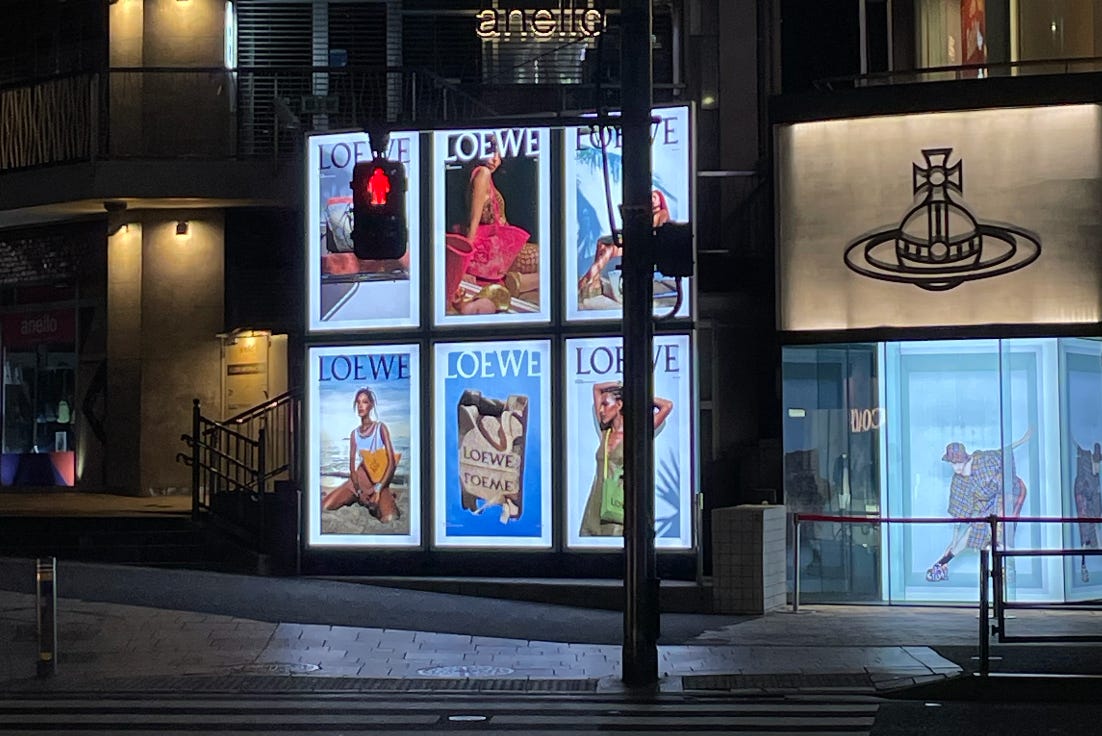
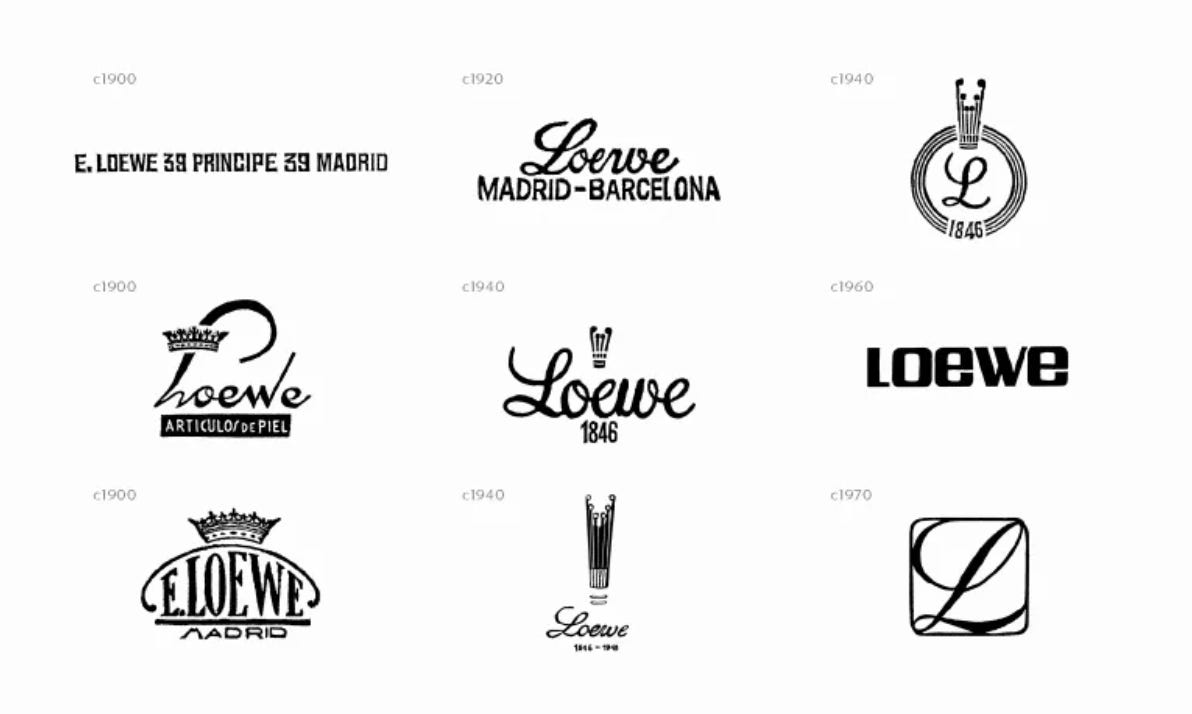
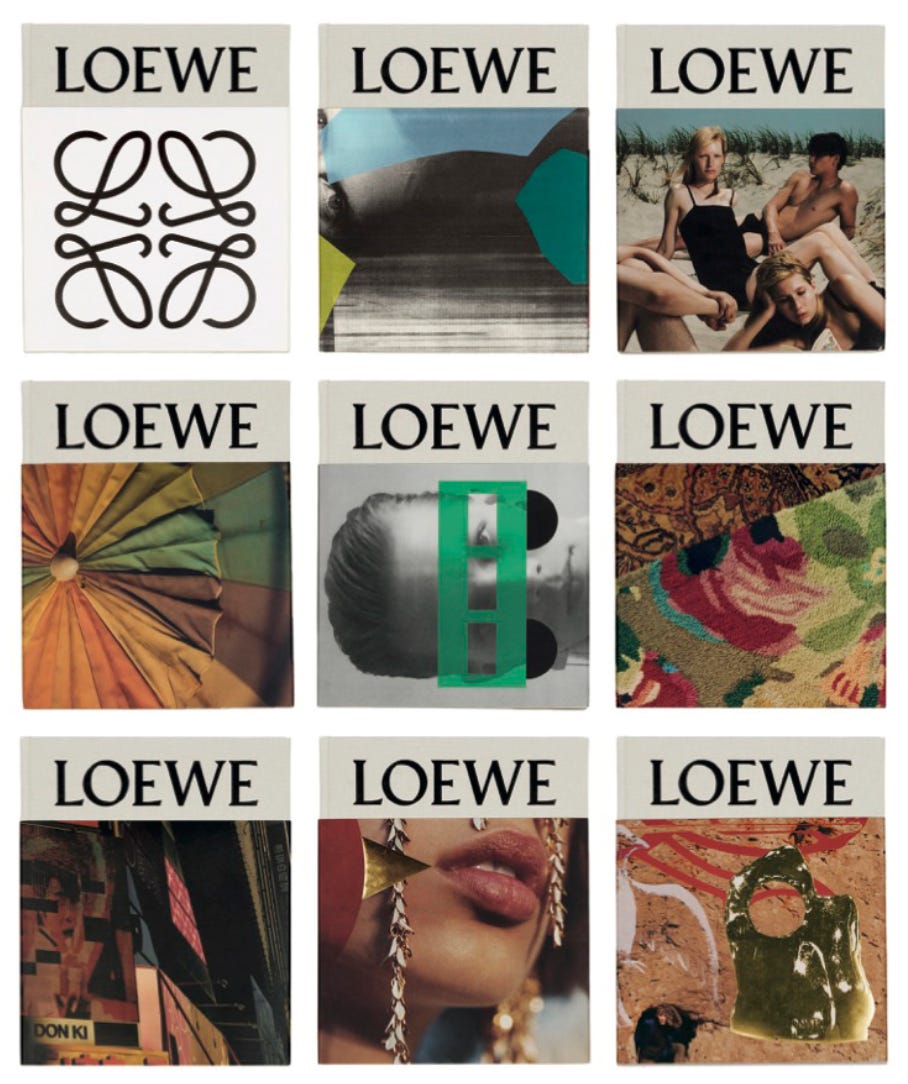



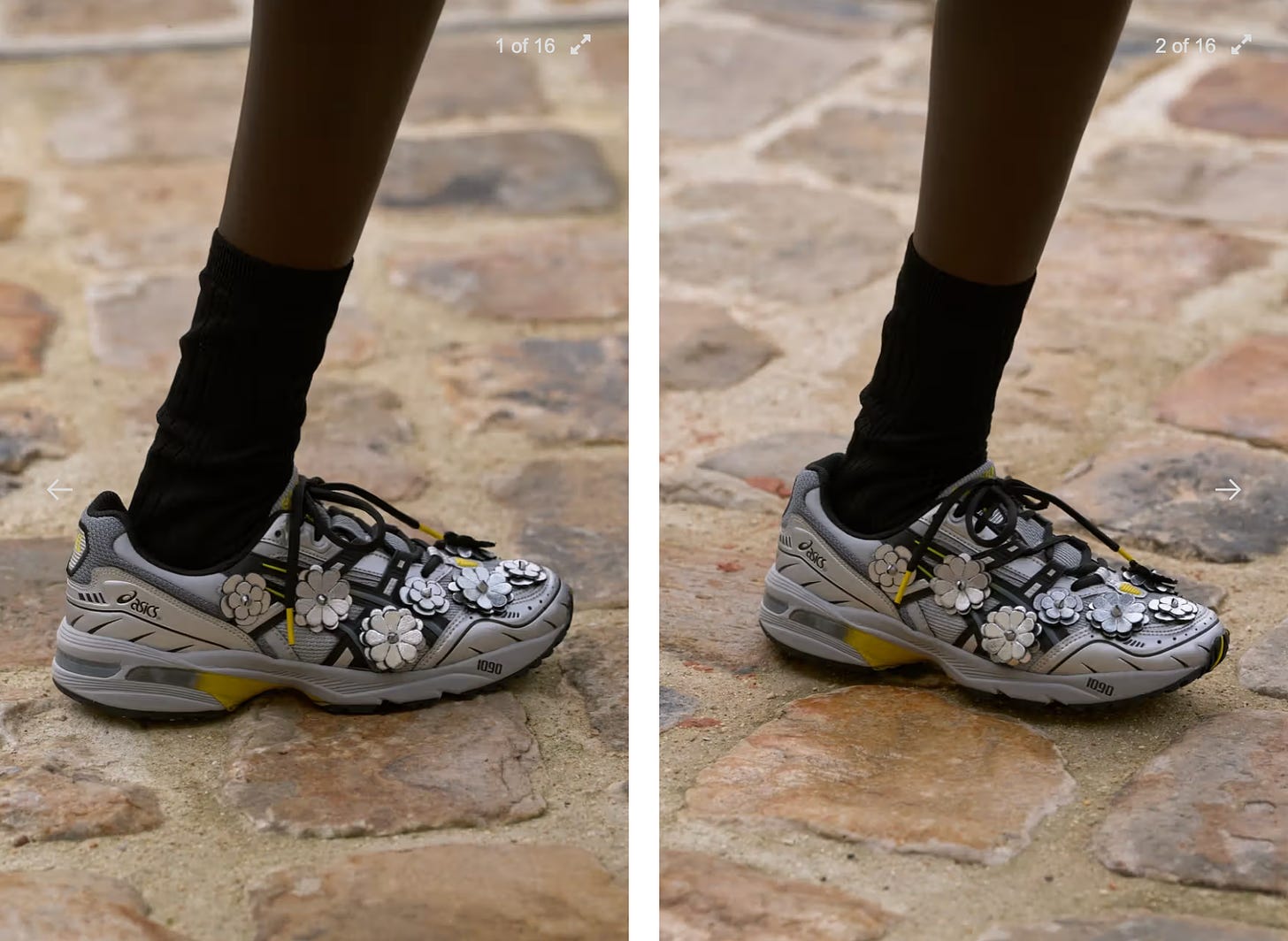
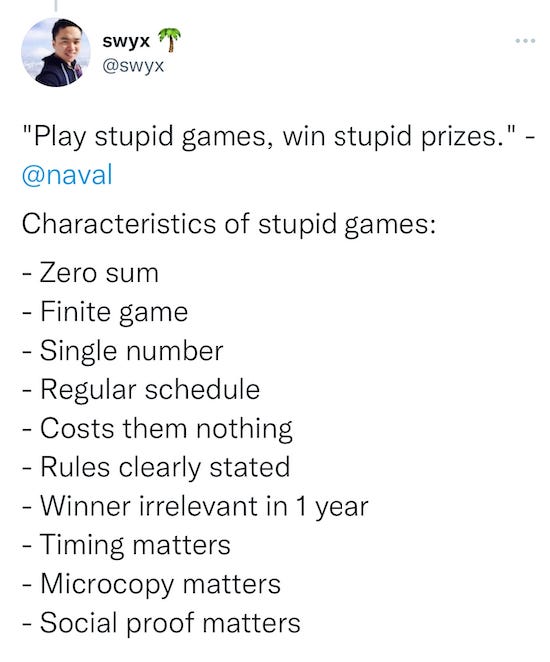
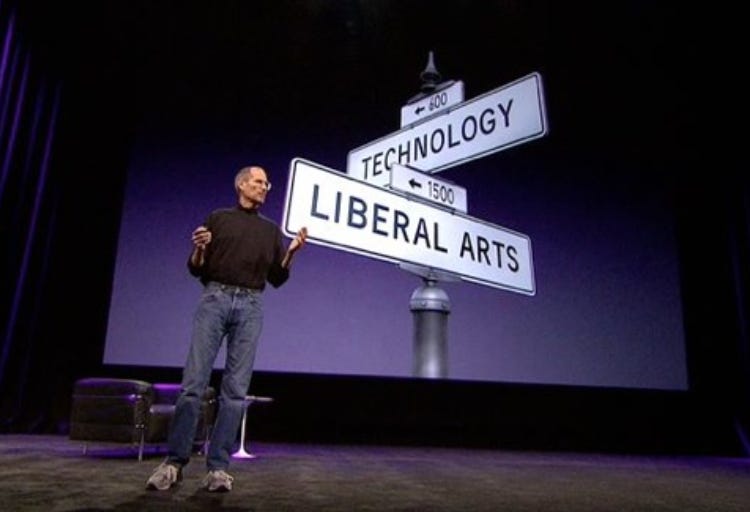
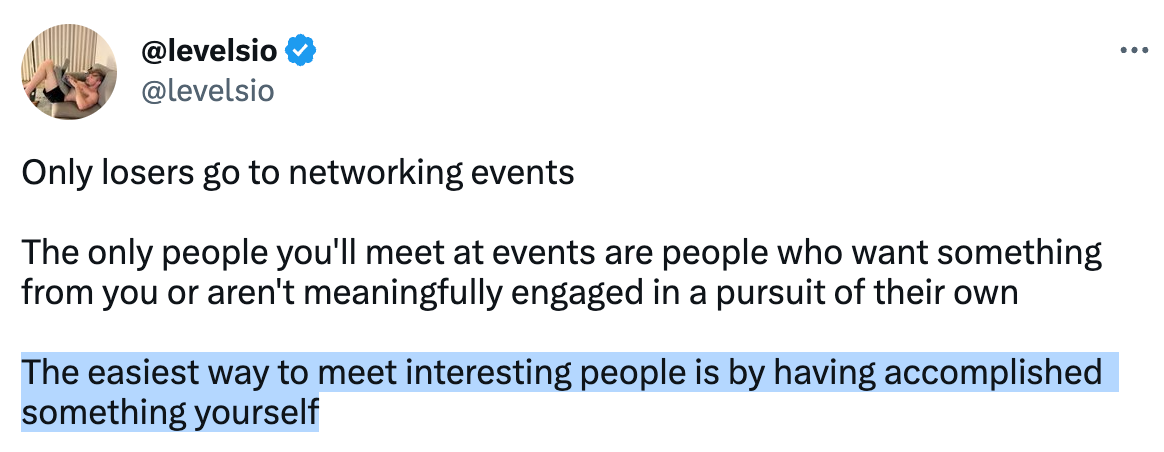
Always the best in my inbox, thank you
Beautiful. I think u will dig Rupert Spira, especially his talk „nothing can make you happy“